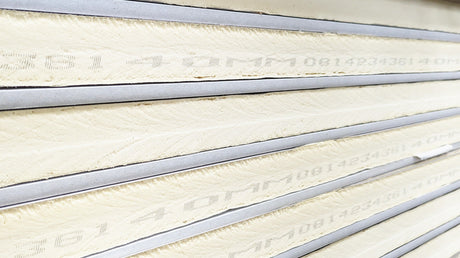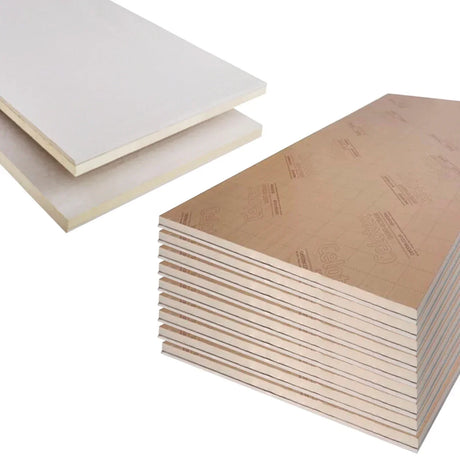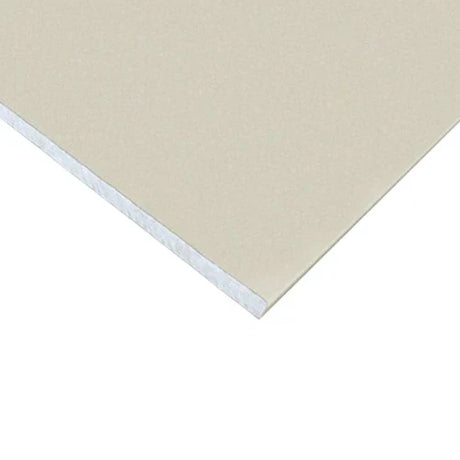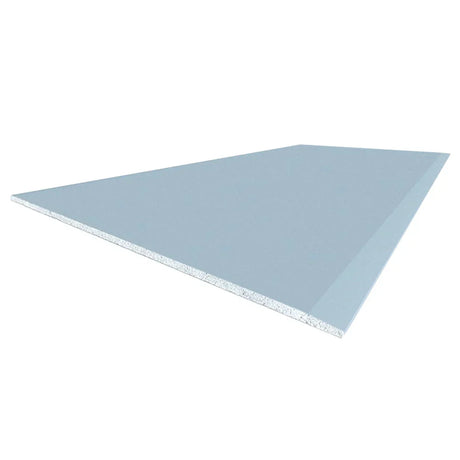Building aggregates form the literal foundation of many construction projects, from drainage systems to concrete production and decorative landscaping. Selecting the appropriate aggregate for your specific application ensures optimal performance and longevity while potentially reducing costs through efficient material use.
Foundation and Structural Applications
Sub-base Materials: Type 1 MOT (Ministry of Transport) crushed stone aggregate represents the industry standard for creating stable sub-bases beneath drives, paths, and building slabs. This well-graded material, typically sourced from UK quarries like Tarmac or Aggregate Industries, contains particles ranging from 40mm down to dust, creating a highly compactable layer that distributes loads effectively.
For heavier applications or areas with poor ground conditions, Type 3 aggregate provides enhanced stability through its larger particle size distribution. When correctly compacted in 150mm layers, these materials achieve bearing capacities suitable for domestic and light commercial applications while providing excellent drainage characteristics.
Concrete Production Aggregates: The performance of concrete depends significantly on the quality and grading of aggregates, which typically comprise 60-75% of concrete volume. Sharp sand and gravel combinations remain the standard for general concrete work, with typical mix ratios of 1:2:4 (cement:sand:aggregate) for foundation applications.
For high-performance concrete, specifically graded aggregates with controlled particle size distribution enhance both workability and finished strength. UK suppliers like Hanson provide carefully specified aggregates meeting BS EN 12620 standards, ensuring consistent performance and compliance with structural requirements.
Where lightweight concrete is required, specialised aggregates like Lytag (manufactured from pulverised fuel ash) can reduce structural dead loads while maintaining essential strength characteristics. These innovative materials are particularly valuable in renovation projects where minimising load on existing structures is critical.
Drainage and Filtration Applications
Drainage Aggregates: Effective water management is essential for protecting buildings and infrastructure. Single-sized aggregates like 20mm clean stone provide excellent water flow capacity for french drains and soakaway systems, with void ratios of approximately 30-35% accommodating significant water volumes.
For more challenging applications, precisely graded filter aggregates create stable drainage layers that prevent fine material migration while maintaining water flow capacity. These specialised materials, available from UK suppliers like GRS Bagging, play a crucial role in sustainable drainage systems (SuDS) increasingly required in new developments.
Pipe Bedding Materials: Protecting underground utilities requires carefully specified aggregates that provide both support and protection. Type 1X pipe bedding (10mm single-sized stone) creates a stable foundation while allowing proper pipe alignment and gradient maintenance.
For water-bearing pipes, pea gravel provides excellent support with minimal risk of point loading that could damage pipe materials. These rounded aggregates from suppliers like Brett Aggregates comply with Water Industry Specification 4-08-02, ensuring compatibility with both modern and traditional pipe materials.
Landscaping and Decorative Applications
Decorative Aggregates: Beyond functional applications, quality aggregates enhance exterior aesthetics through colour, texture, and form. Cotswold stone chippings provide warm honey tones that complement traditional British architecture, while slate chips in blue, green, or plum shades create striking contemporary landscapes.
Specialised products like Scottish beach pebbles or York stone chippings connect landscapes to regional geological character, creating authentic visual relationships between built and natural environments. These premium materials, supplied by companies like Derbyshire Aggregates, typically command higher prices but deliver distinctive aesthetic value that enhances property appeal.
Specialist Landscaping Materials: For green roof applications, lightweight expanded clay aggregates combine excellent drainage characteristics with minimal structural loading. These specialised materials support sustainable building practices while contributing to urban biodiversity and stormwater management.
Growing media blends incorporating carefully specified aggregate components provide optimal conditions for plant establishment while maintaining essential drainage characteristics. UK suppliers like Shire Aggregates produce tailored blends meeting specific performance requirements for different planting schemes and environmental conditions.
Environmental and Sustainability Considerations
The aggregates industry has made significant advances in sustainability, with increased use of recycled materials reducing demands on primary resources. Recycled crushed concrete and reclaimed railway ballast provide environmentally responsible alternatives to virgin aggregates for many applications, with performance characteristics suitable for sub-base and fill requirements.
Secondary aggregates from industrial processes, including steel slag and pulverised fuel ash, offer further sustainable options with unique performance advantages for specific applications. These materials, available from suppliers like CEMEX UK Materials, help reduce waste to landfill while providing cost-effective construction solutions.
For projects seeking environmental certification like BREEAM, locally sourced aggregates with documented chain of custody can contribute valuable points under responsible sourcing criteria. Our supply network includes numerous producers within 50 miles of our Nottingham base, helping minimise transportation impacts while supporting local businesses.









